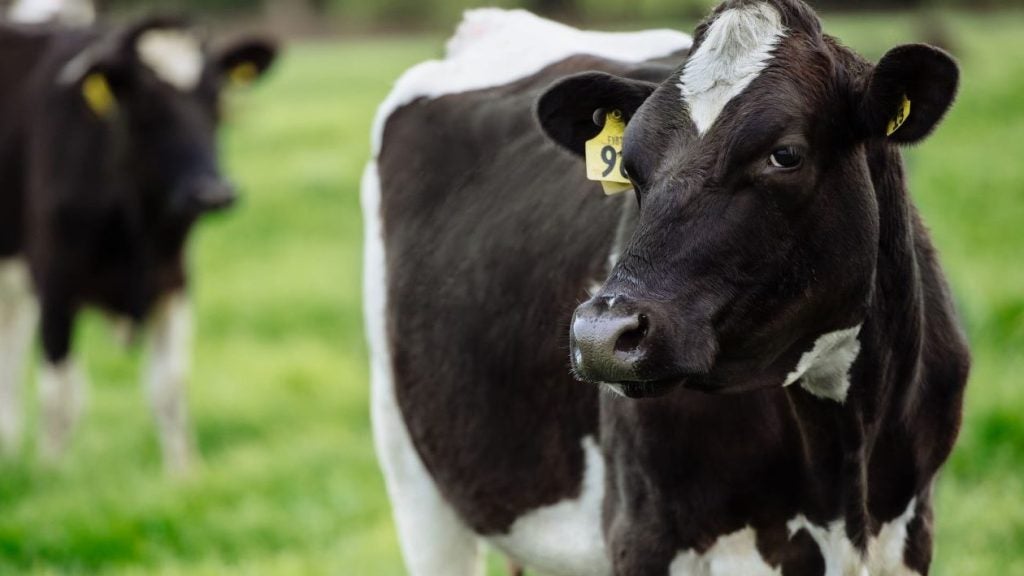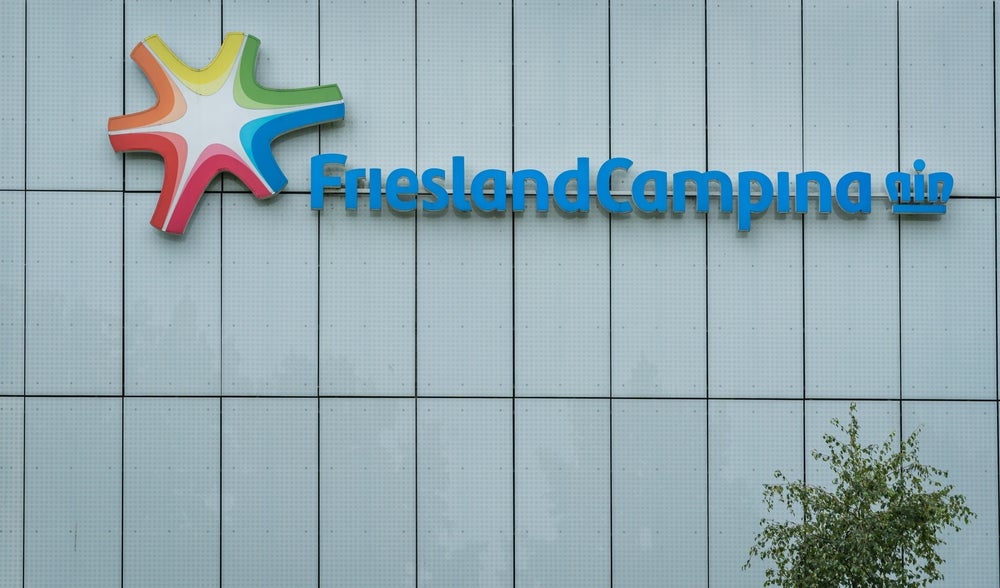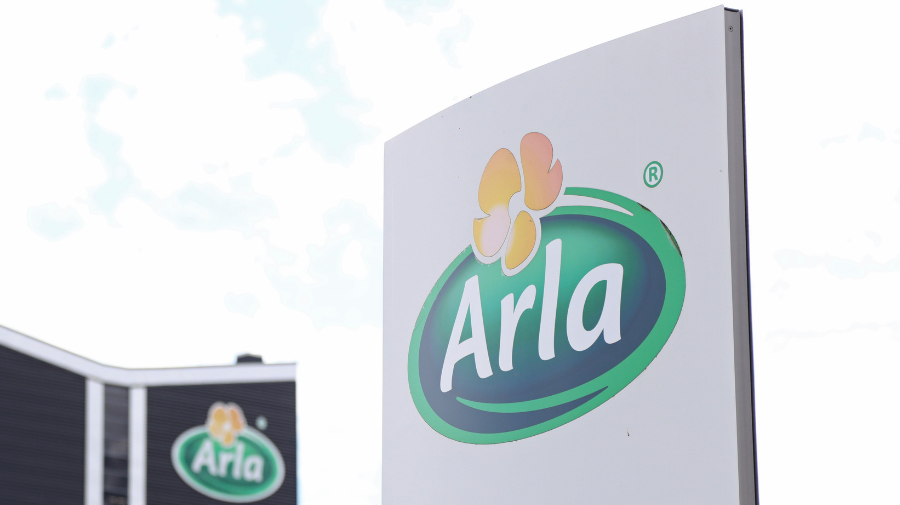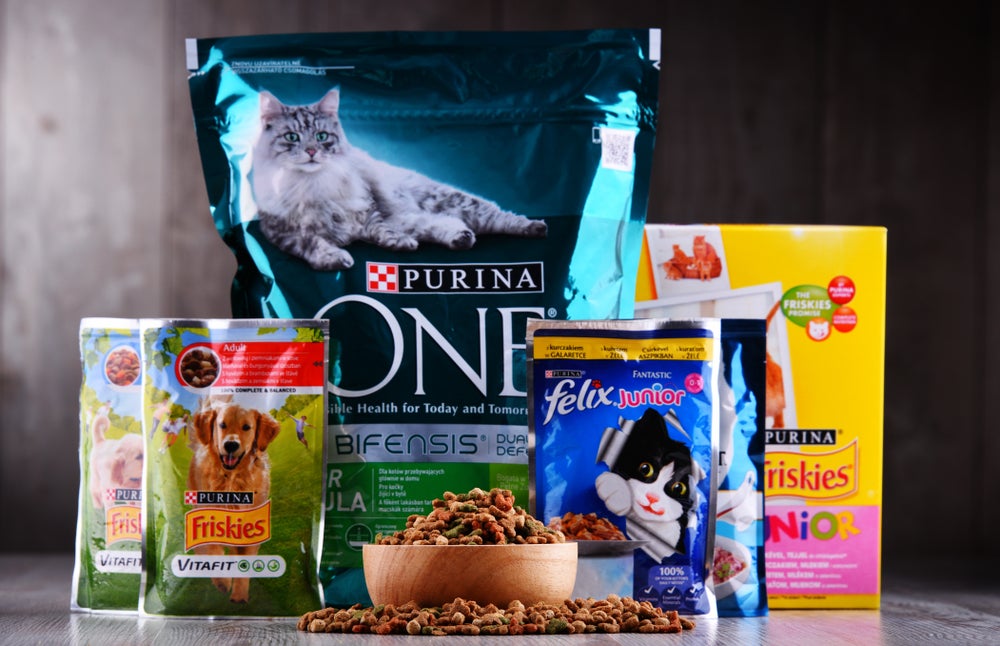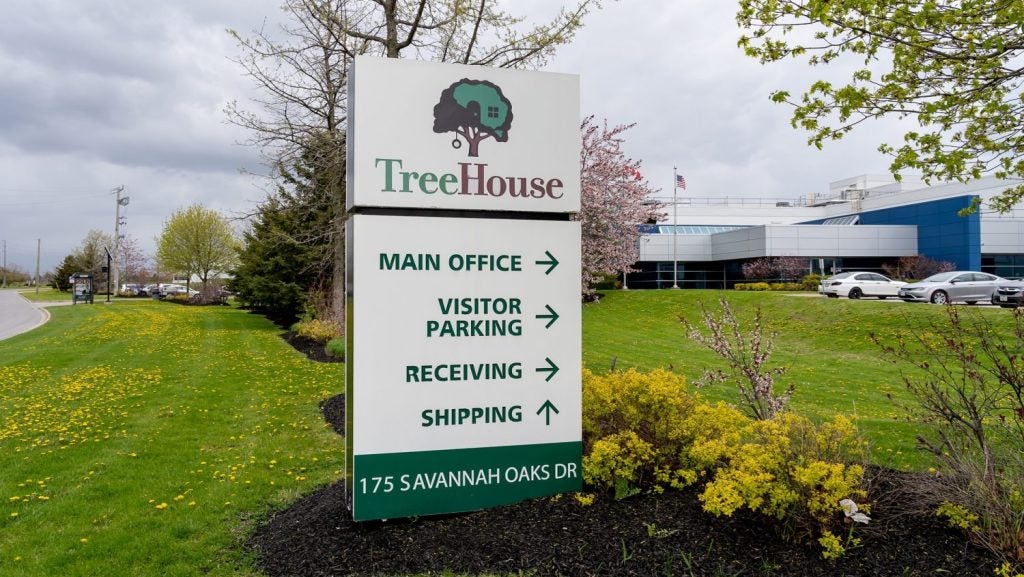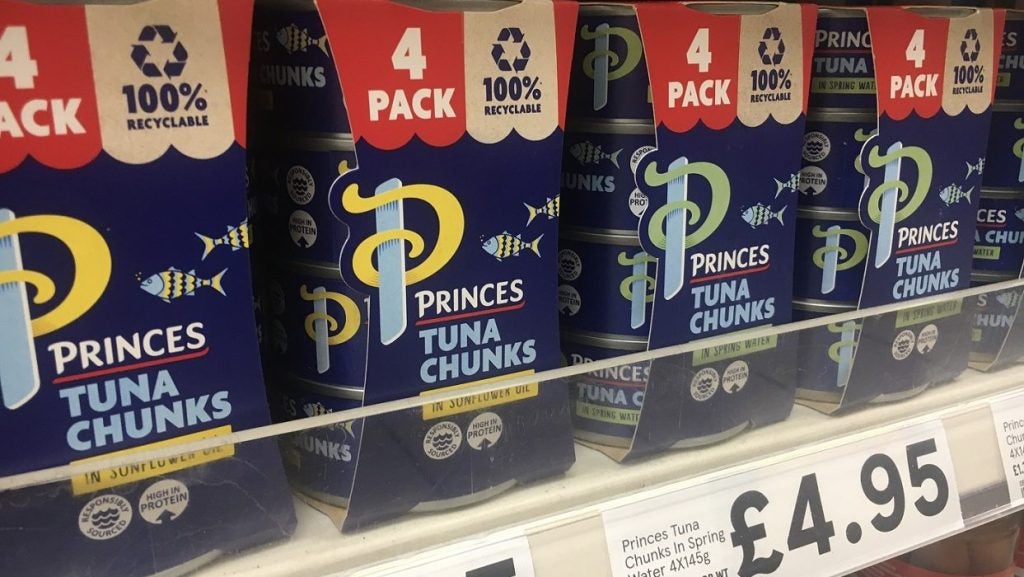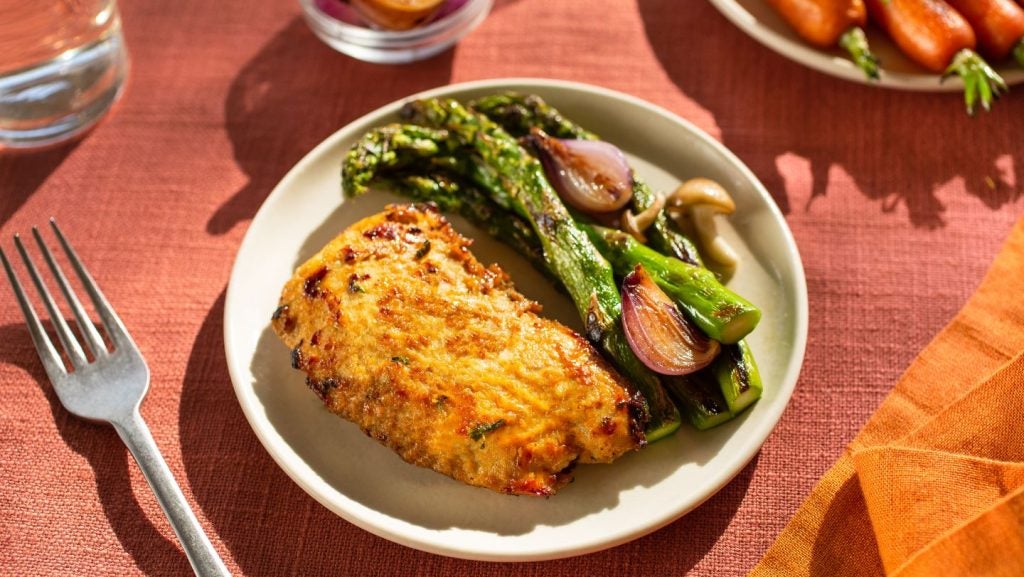Kiwi dairy co-operative Fonterra has announced plans to merge its New Zealand and Australia business units.
Fonterra Brands New Zealand (FBNZ) and Fonterra Australia will combine to become Fonterra Oceania, the company said in a filing posted today (19 February) on the New Zealand Exchange.
The merger will come into effect on 1 May.
The integration is expected to “strengthen our trans-Tasman offering in what is an increasingly competitive marketplace”, Miles Hurrell, Fonterra's CEO, said in the filing.
FBNZ has a range of dairy brands for consumer and foodservice channels in New Zealand, such as Mainland, Anchor and Kāpiti, which produce milk, butter, speciality cheese, and yogurt.
All three brands will continue to source their milk from Kiwi farmers, according to the filing.
Just Food has asked Fonterra, the world's largest dairy exporter, to confirm whether FBNZ’s other brands, which include yogurt makers Fresh ‘n Fruity and De Winkel will also continue to be made using milk from local farmers.
Fonterra Australia’s portfolio includes Mainland, as well as Western Star butters, Italian cheese producer Perfect Italiano and milk powder and fresh milk manufacturer Australian Dairies.
“The Australian milk pool” is also still expected to provide “milk solids” for all of Fonterra’s Australian dairy products.
René Dedoncker, presently managing director of Fonterra Australia, has been appointed to lead the Fonterra Oceania unit.
Having been in the executive role since 2017, Dedoncker has worked at Fonterra Australia since 2005.
The co-operative announced its Q1 full-year 2024 last December. In the three months ended 31 October 2023, Fonterra booked a 12% drop in revenue compared to the previous year at NZ$5.1bn ($3.1bn).
Gross profit was up 19.7% compared to the same period in 2022 at NZ$1.1bn, while EBIT was up 45.6% to NZ$536m.
Sales volumes dropped 9.3% compared to the same quarter the year prior, to 794,000 metric tons of milk.
Last November, the company announced a new on-farm emissions target as well as a new climate roadmap and voluntary climate-related disclosure report.
By 2030, it aims to have achieved a 30% “intensity reduction” in farm-based emissions from its 2018 baseline.


